SIDS and Safe Sleep
Whether you’re a brand new mum, a mum-to-be, or you’ve been in the mum world for years, one thing that’s always important to keep up to date is the safe sleep guidelines that help prevent SIDS. Here at Sleep and Co, we are passionate about educating families on safe sleep practices. If you’re ever unsure please get in contact and we will happily provide advice.
What is SIDS?
SIDS stands for Sudden Infant Death Syndrome, which falls under the larger umbrella term of SUDI (Sudden Unexplained Death in Infancy). The two terms refer to any child under the age of 1 who has died unexpectedly and include fatal sleeping accidents.
How can SIDS/SUDI be prevented?
Red Nose Australia is an amazing resource for families and has made it their mission to reduce SIDS/SUDI deaths since 1977. Here at Sleep and Co, we stay up-to-date with the Red Nose Australia guidelines, as well as the AAP guidelines on safe sleep.
Here are 6 things you can do to help prevent SIDS/SUDI in your household.
Back to sleep - ALWAYS place your baby down on their back to go to sleep, no matter what age they are. Once your child can easily roll in both directions, it is essential to stop swaddling them (if you had been using swaddles) and they can then safely assume their most comfortable sleeping position, but the parent/caregiver should always place the baby on their back for sleep
Keep your baby’s head and face uncovered at all times. This means no hats/beanies or any other headwear for sleep. Ensure there are no loose covers that could cover your baby’s face
Smoke free pregnancy and post-birth environment. Smoking is one environmental factor that has a known link to SIDS/SUDI. To keep your baby safe, ensure no one is smoking around them
A safe sleeping environment for ALL periods of sleep (day and night). A safe sleep environment is where your baby is sleeping in a cot that meets Australian safety standards, the mattress is fitted, firm, and clean and there is no loose bedding present. Unfortunately, there are no Australian safety standards on bassinettes, co-sleepers, sleeping ‘loungers’, or any other sleep products. There should be no soft bedding present including pillows, blankets, cot bumpers, wool underlays, or soft toys (Red Nose states soft toys/comforters are approved once the baby is greater than 7 months old)
Room sharing without bedsharing. The term ‘co-sleeping’ can be confusing as sometimes it refers to sharing a sleep surface with your baby (bed-sharing) and sometimes it refers to sleeping in the same room as your baby (room sharing). For the purpose of safe sleep, your baby should always sleep on their own sleep surface (a cot) but ideally would room share with their parents for the first 12 months of their life.
Breastfeed your baby where possible. This may not be possible in all households for various reasons, however, if you can, breastfeeding your baby will help reduce the risk of SIDS/SUDI.
For more information, head to rednose.org
